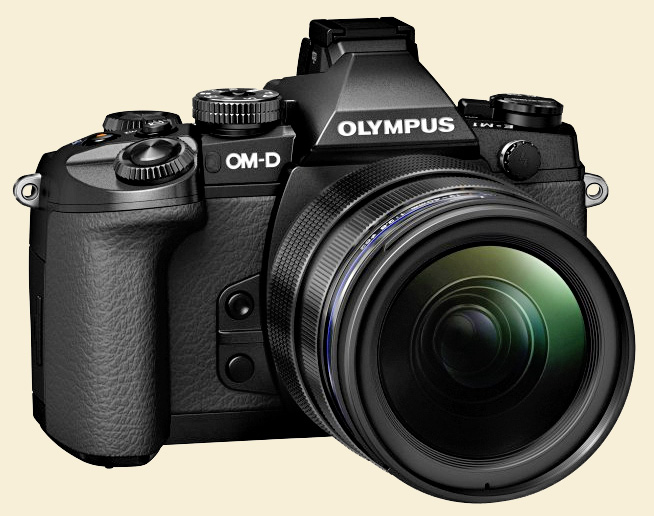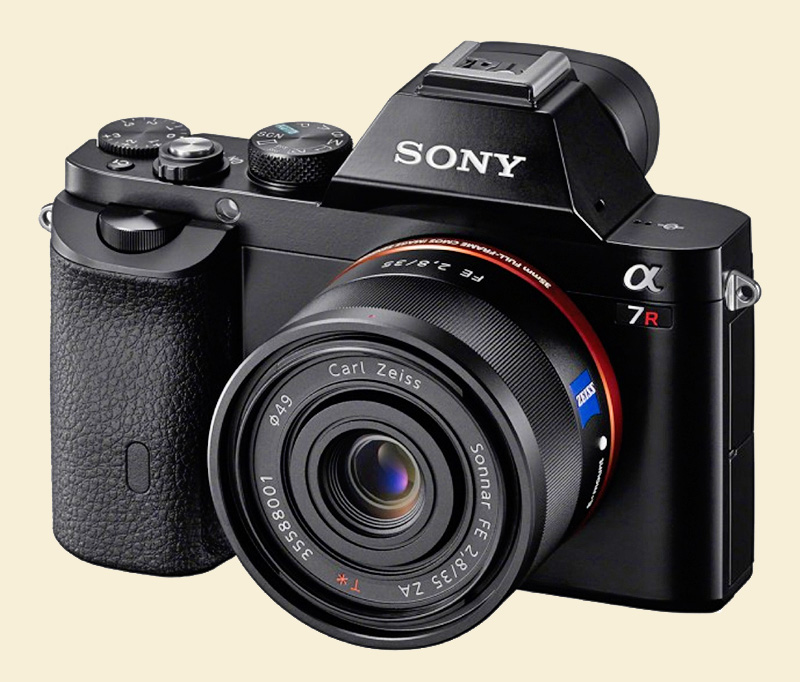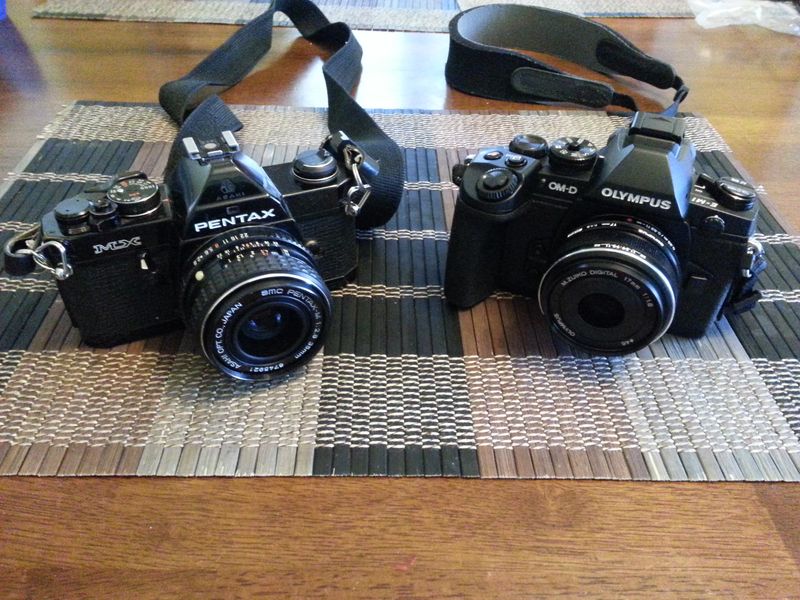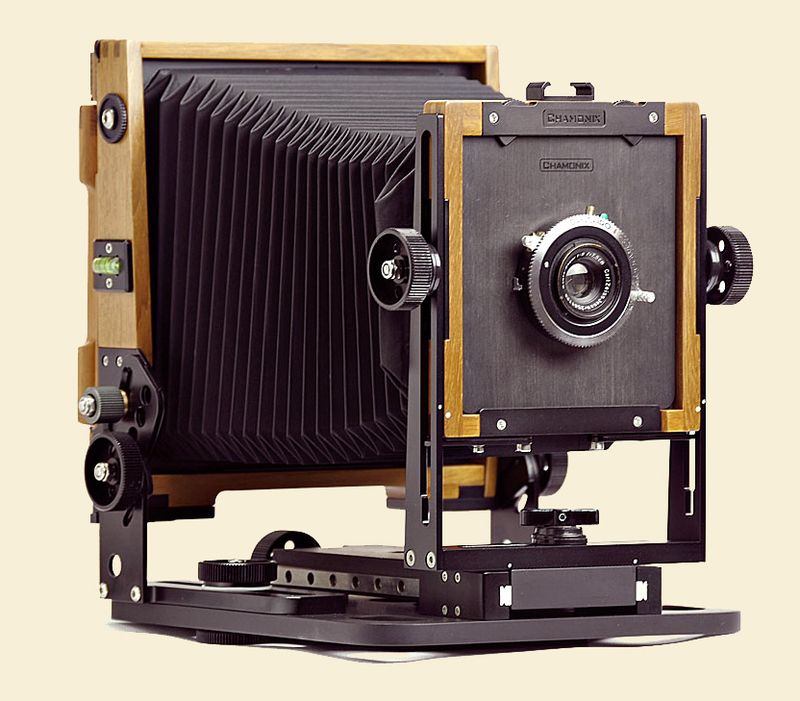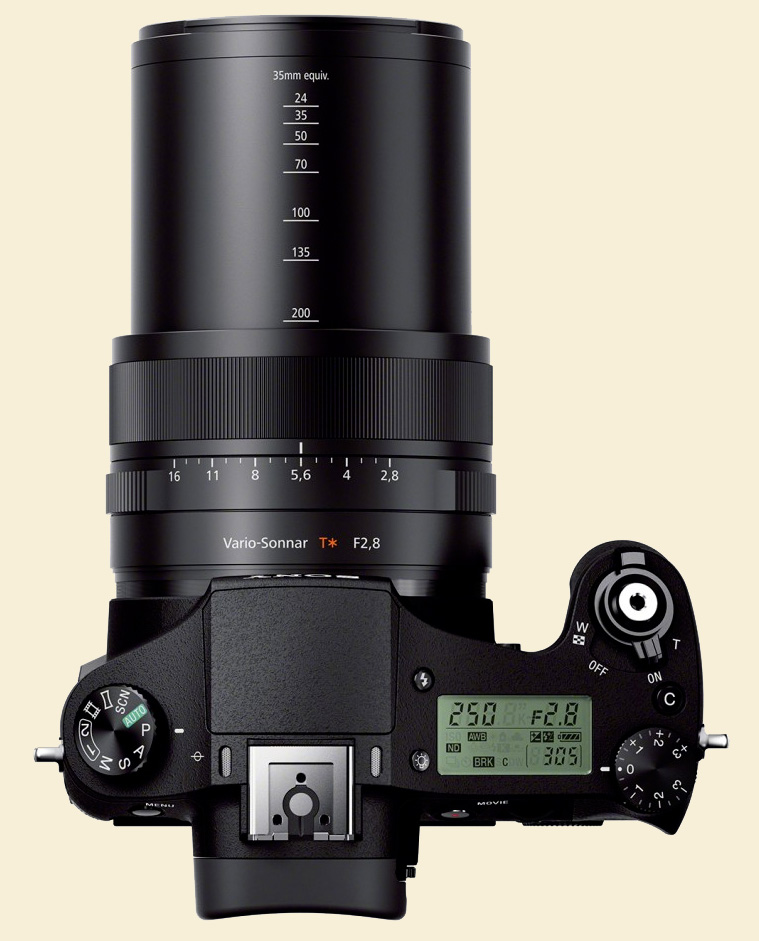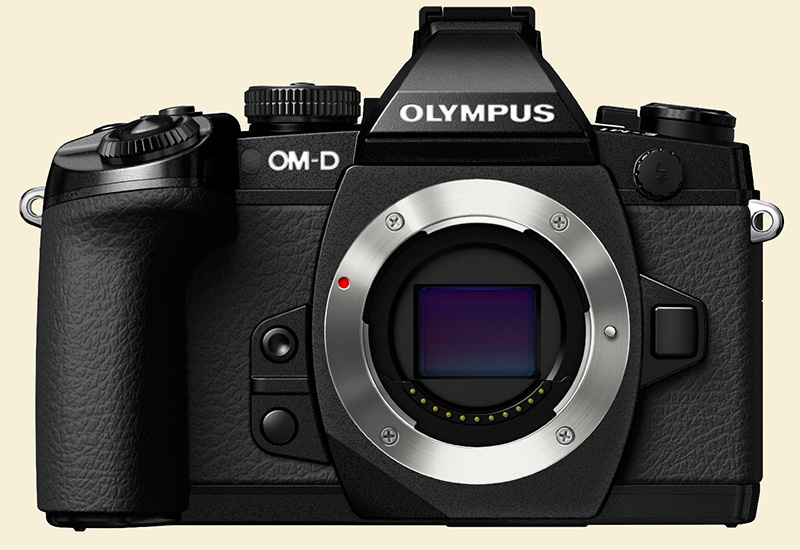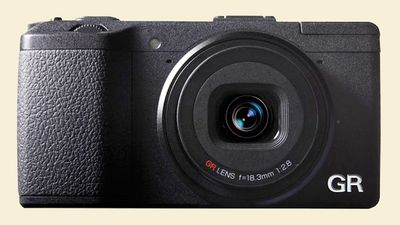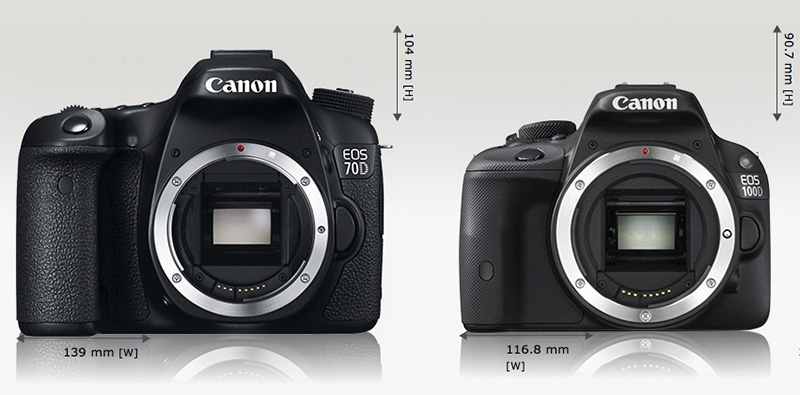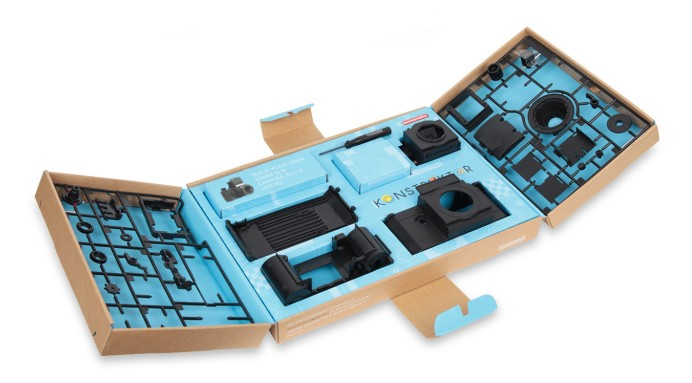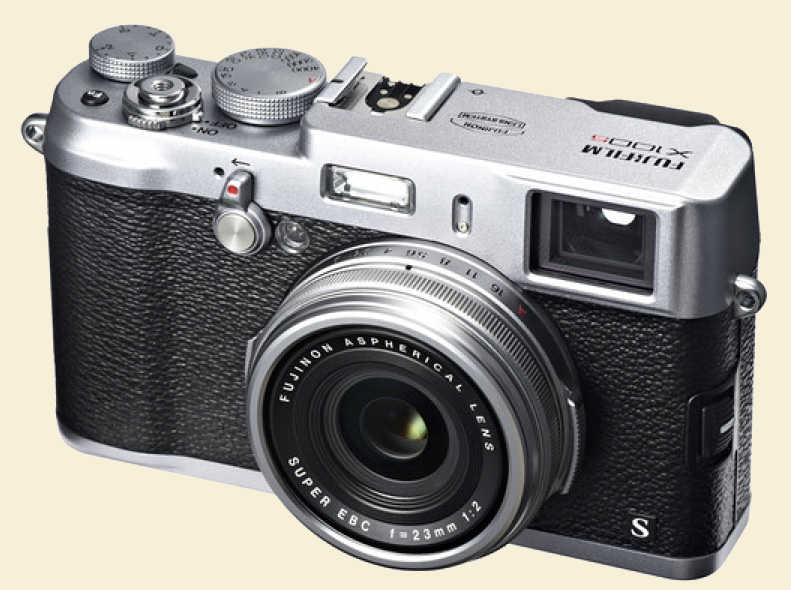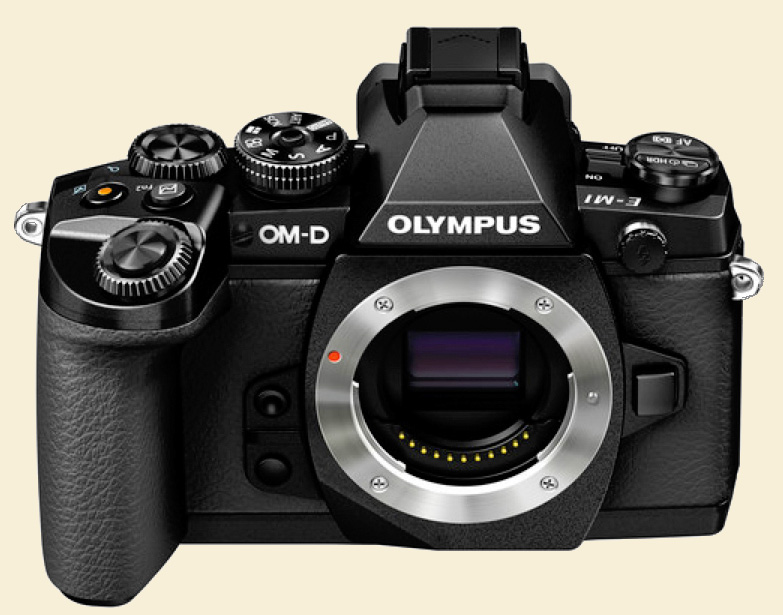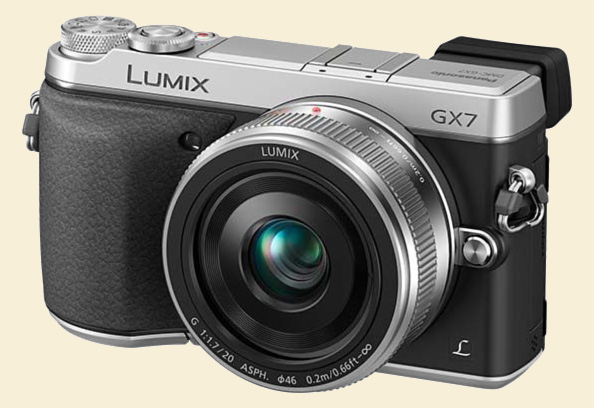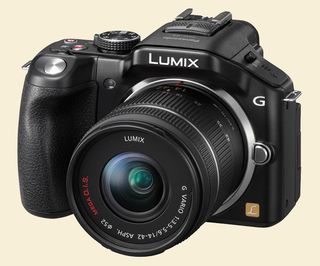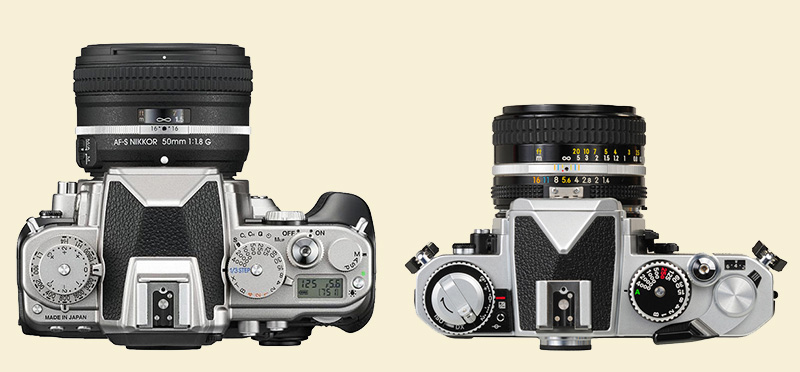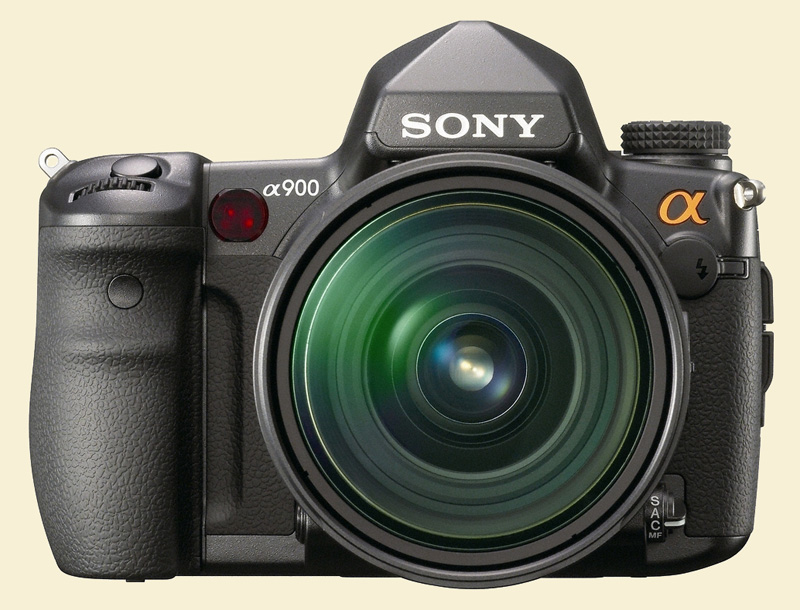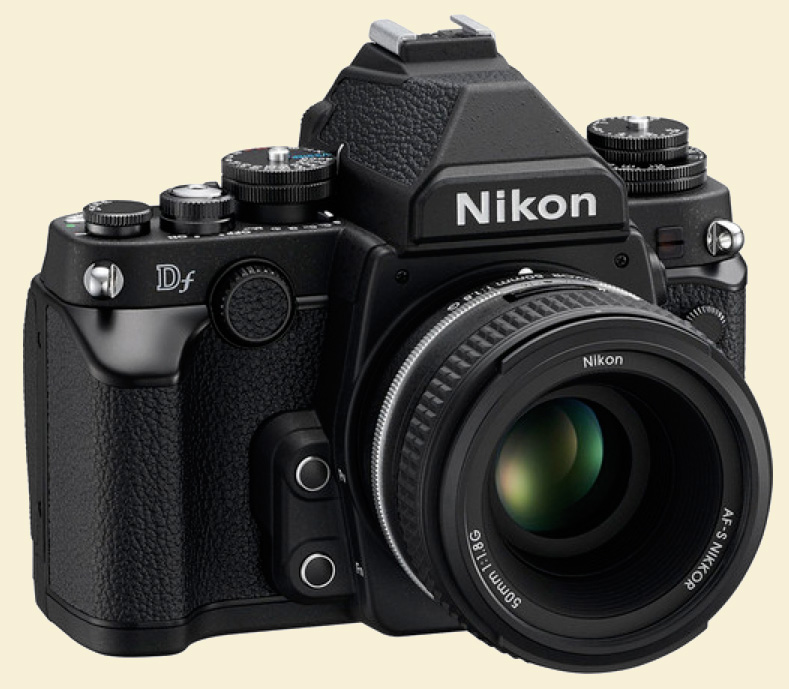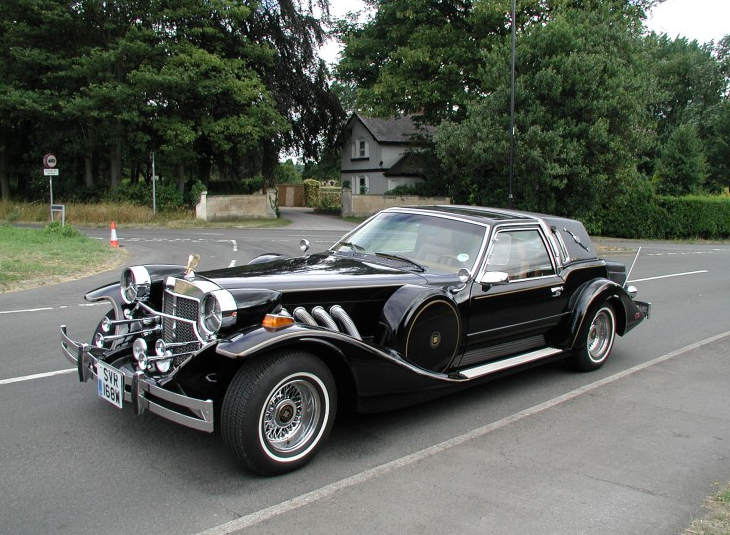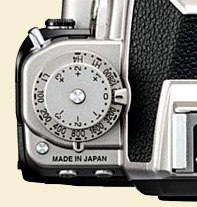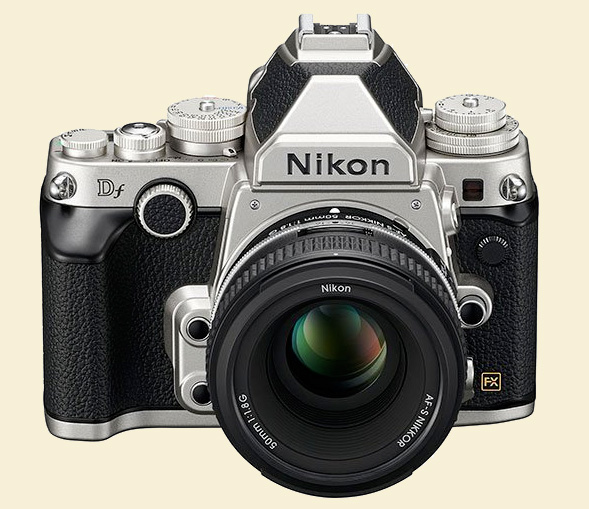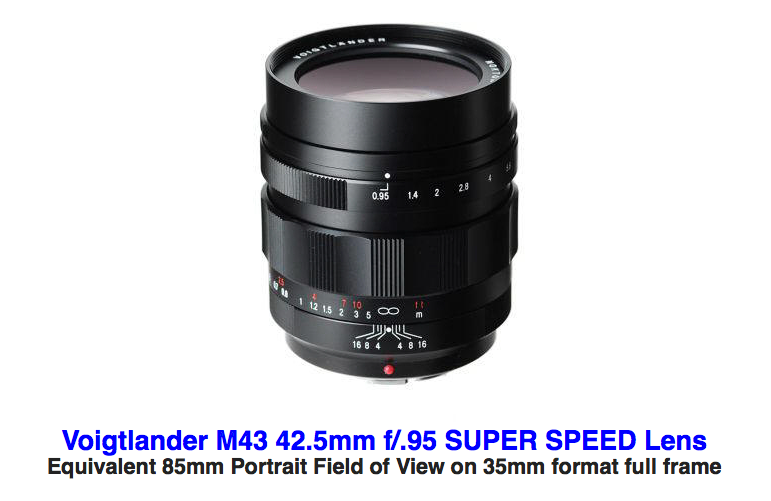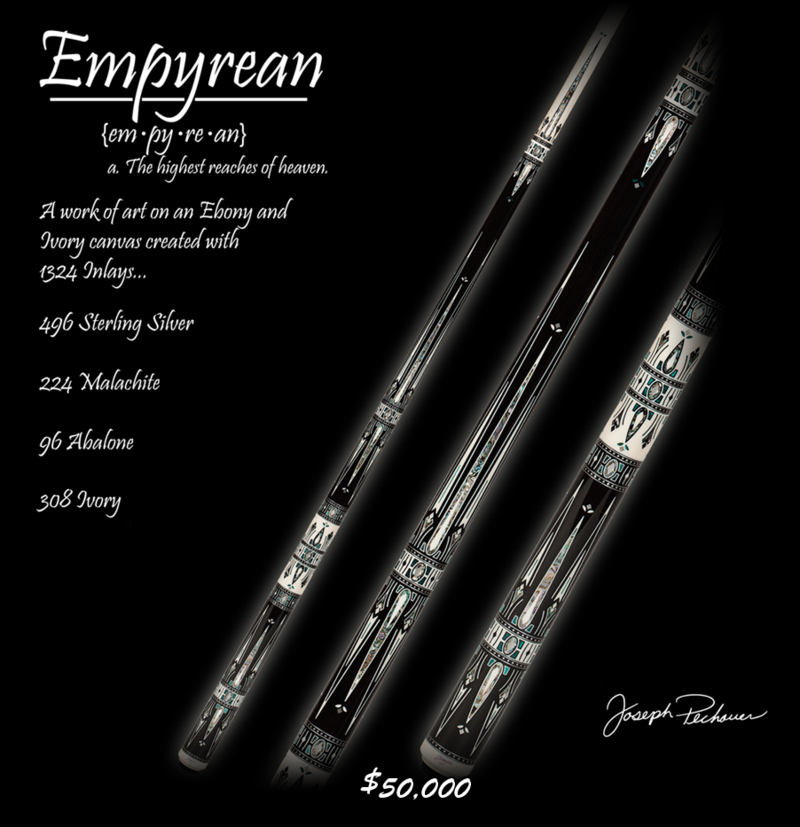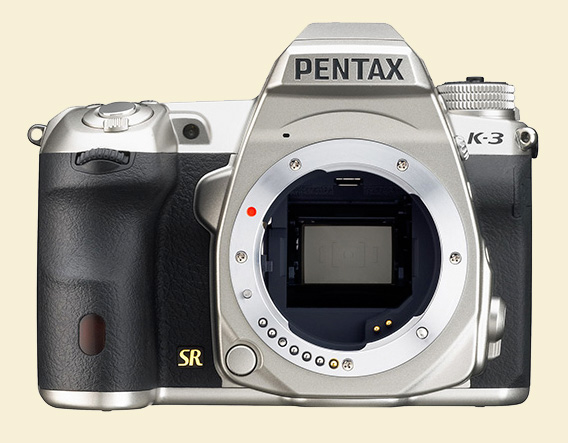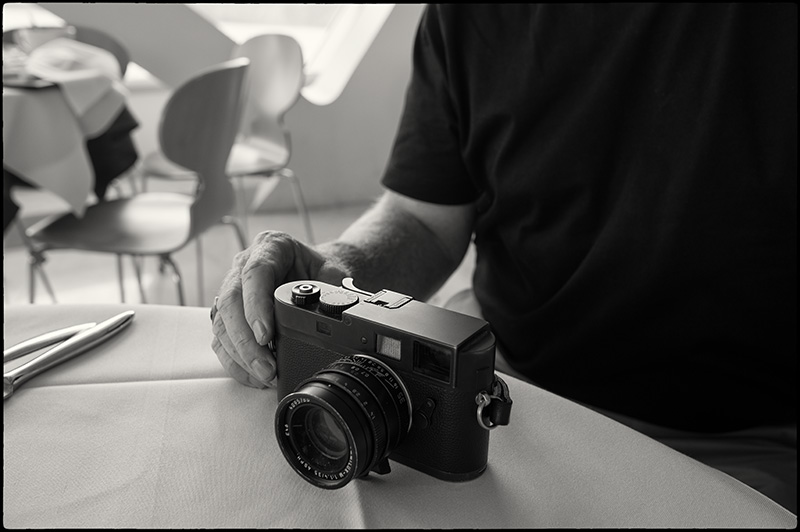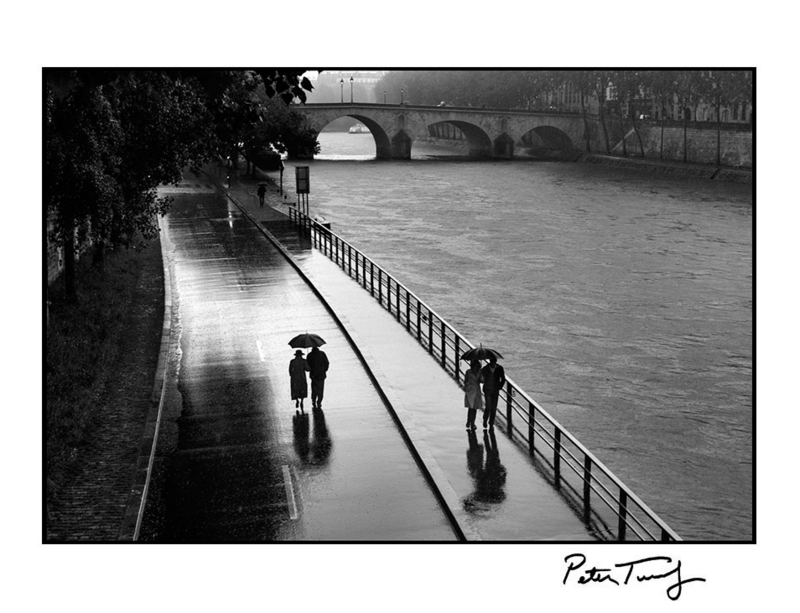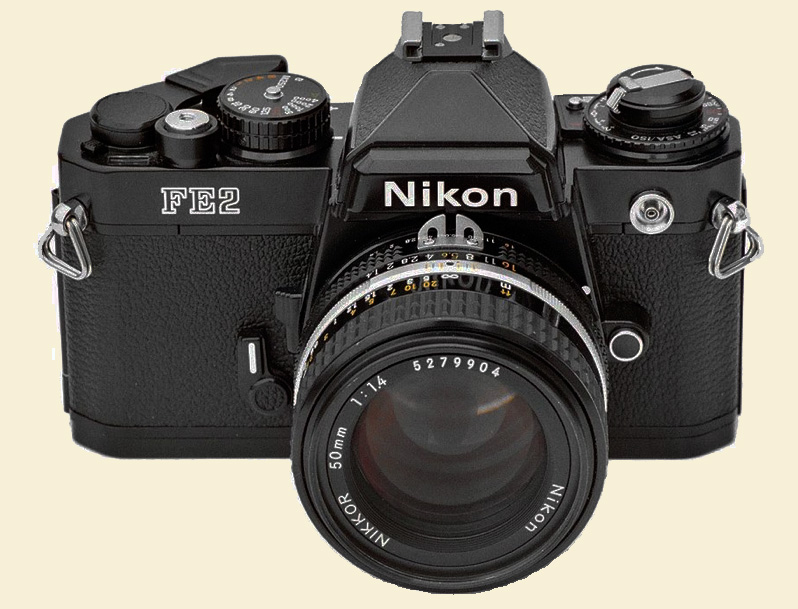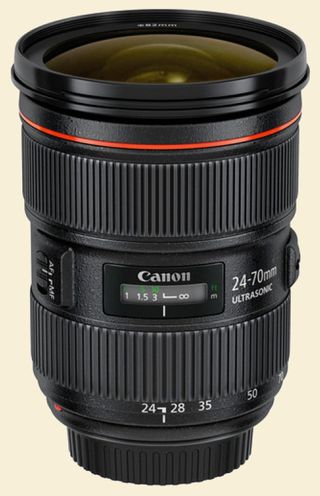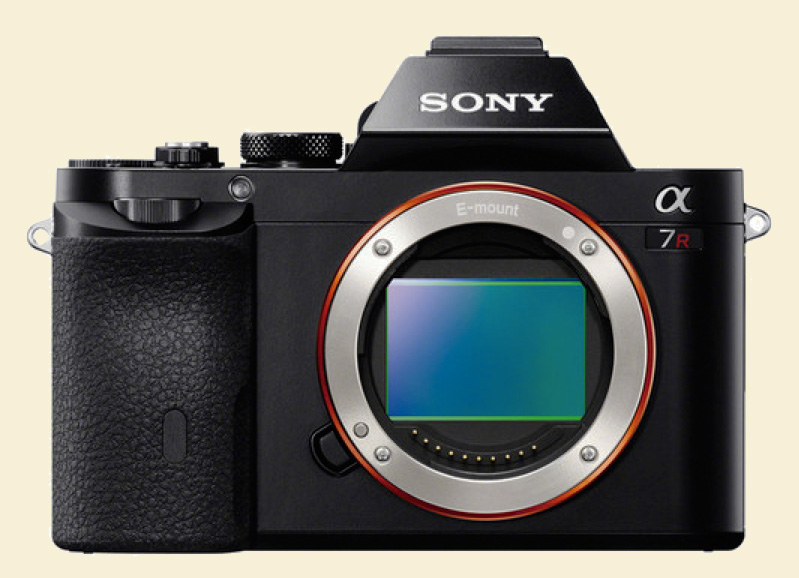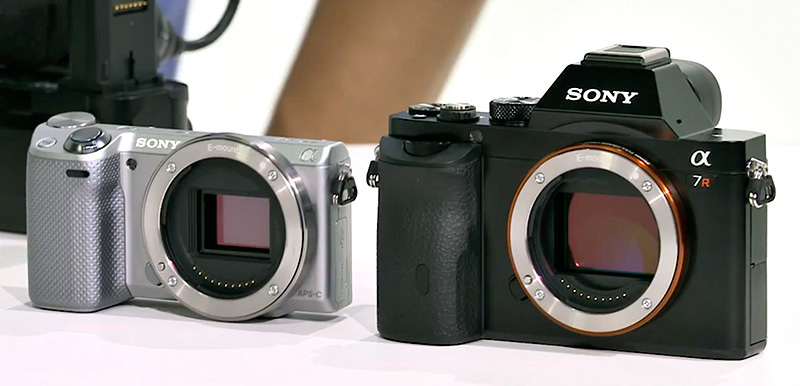This week's column by Ctein
Okay, so I lied to you guys. My column on what I didn't like about the iPad produced enough interesting conversation about the complexity and convergence of designs that I decided I should follow up on that with a couple of more columns on that subject. So I promised (in my mind) that after the book review column of December 11th (which was already written) I'd devote two columns discussing design issues and then I'd give you your annual Christmas column.
Anyone here pick out the extraordinarily subtle flaw in my plan? Yeah.
I'm sure glad I didn't make that promise out loud. Now, no one will ever know.
Ahem.
On with the show.
Here's something you may not have thought about. As devices converge in function and capability, purchase, marketing, and design decisions become more complicated in interesting ways. That's true for cameras as well as computers. I'll toss out examples from both here, but mostly I'll talk about the computer side because I'll find it easier to make some of the points clear. Nonetheless, there are close analogues to all the issues for both classes of tools.
The convergence issue really came home to me looking at Apple's latest offerings, but it was reinforced by some of the comments to Mike's "Great Cameras of 2013 Part IV" post.
I'll start with Apple. Ever since some micro-positioned marketing missteps in the early days of Macs, Apple has tried to keep clean and simple product lines. Give people just a few choices, make them pretty clear-cut, try to hit certain price points. iMacs don't compete with Mac Pros, which don't compete with Mac Minis, which don't compete with MacBook Pros. They offer very different sets of trade-offs and features to the buyer. The feature set you most care about pretty well determines what you're going to buy.
Of late, this clean product distinction has been collapsing. Consequently, I'm expecting some serious collapsing of Apple's product lines in the next few years. Suppose you're looking for a lightweight portable computer in the 10–13-inch screen size range? Configuring machines for comparable capabilities, you can go for the highest end iPad Air plus a keyboard, which will run you about a grand, give you a 10" screen, and weigh less than two pounds (depending on which keyboard you like). Or there is the 11" MacBook Air, which in a comparable configuration runs the same price and weighs less than 2 1/2 pounds.
Okay, so the deciding issue looks like Retina vs. non-Retina display and external connectivity, do you want it or not? We're done, right?
No, not really. Because there is also a 13" MacBook Air for $100 (and half a pound) more. Decisions, decisions.
But wait, there's more! No, not Ginsu knives, but the MacBook Pros.
$100 more, again, steps you to your basic 13" MacBook Pro. Also another two pounds (boo), a lot more base power (yay), more expandability (yay), but also no Retina display (boo).
Ah, but $100 above that gets you a 13" MacBook Pro with the Retina display and cuts the weight by a pound at the same time, to under 3 1/2 pounds.
So, in a span of $300, we have four different machines with an odd mix and match of form factors, features, and sizes and no real clear way to decide exactly which one is best.
Does that sound like a stable marketing situation to you? Not to me.
The connection to cameras should be obvious. Except with cameras the problem isn't owned by a single company; it falls on all of the camera makers and how they play with and against each other. The digital revolution has caused a massive hardware convergence. It's as if all the film cameras from amateur 35mms through 8x10 view cameras suddenly acquired similar form factors. There are big differences in picture quality, but the baseline quality has been increasing so rapidly that it's not even obvious how important those differences in quality really are.
Unlike Apple, which can straighten out its confused market-share partitioning with a single swipe of corporate policy, the camera makers have to see how the marketplace shakes down, which of them it kills and which survive. Because, y'see, there's not much opportunity for differentiation. One of Mike's commenters pointed out that there was remarkably little difference in form factor between the notable Sony RX10 and the more compact full frame digital SLRs. Note, I'm not saying there is none, but it's like the low-end Apple portables—the differences are nowhere as big as you'd like them to be from a marketing point of view.
I think it kind of has to be this way. You can't make vastly smaller cameras; people can't comfortably handle them below a certain point. I mean, you could design a fabulous system around the Nokia 40-megapixel camera module, except you'd end up with gadgets the size of sugar cubes and lenses the size of small jellybeans, and you'd need tweezers to push the buttons and a magnifying loupe to see the viewfinder. Going the other way, how many people really want to be lugging around something larger than a Nikon D4 or a Leica S? Not a whole lot.
So, is it terribly surprising that we end up picking over minutia trying to decide what camera to buy? To paraphrase an old homily, the purchasing debates are so heated precisely because it is so hard to find any kind of clear distinction between the products.
And that can make your life very complex. Both as a consumer and as a designer. More on that next week.
Ctein
Columnist Ctein (it's his only name, and is pronounced "kuh-TINE") has been writing for TOP since 2006.
©2014 by Ctein, all rights reserved
Links in this post may be to our affiliates; sales through affiliate links may benefit this site.
(To see all the comments, click on the "Comments" link below.)
Featured Comments from:
Adam Isler: "Coming at this dilemma tangentially, I've found this TED talk by Barry Schwartz on the tyranny (he calls it the paradox) of choice to be highly applicable. I particularly like his concluding wish."
Paul Marriner: "I'm a fly-fishing writer and some years ago noted in print the convergence of fly-rod performance. Hardly any performance difference between a $70 big-box special and a $1K high-end brand. Certainly a difference in components (e.g., reel seats, guides, and cork handles) and finish, but they cast about the same. Only the 'brag' factor keeps sales of the high-end products up; of course these companies have low-end brands as well so they can stay in business."
